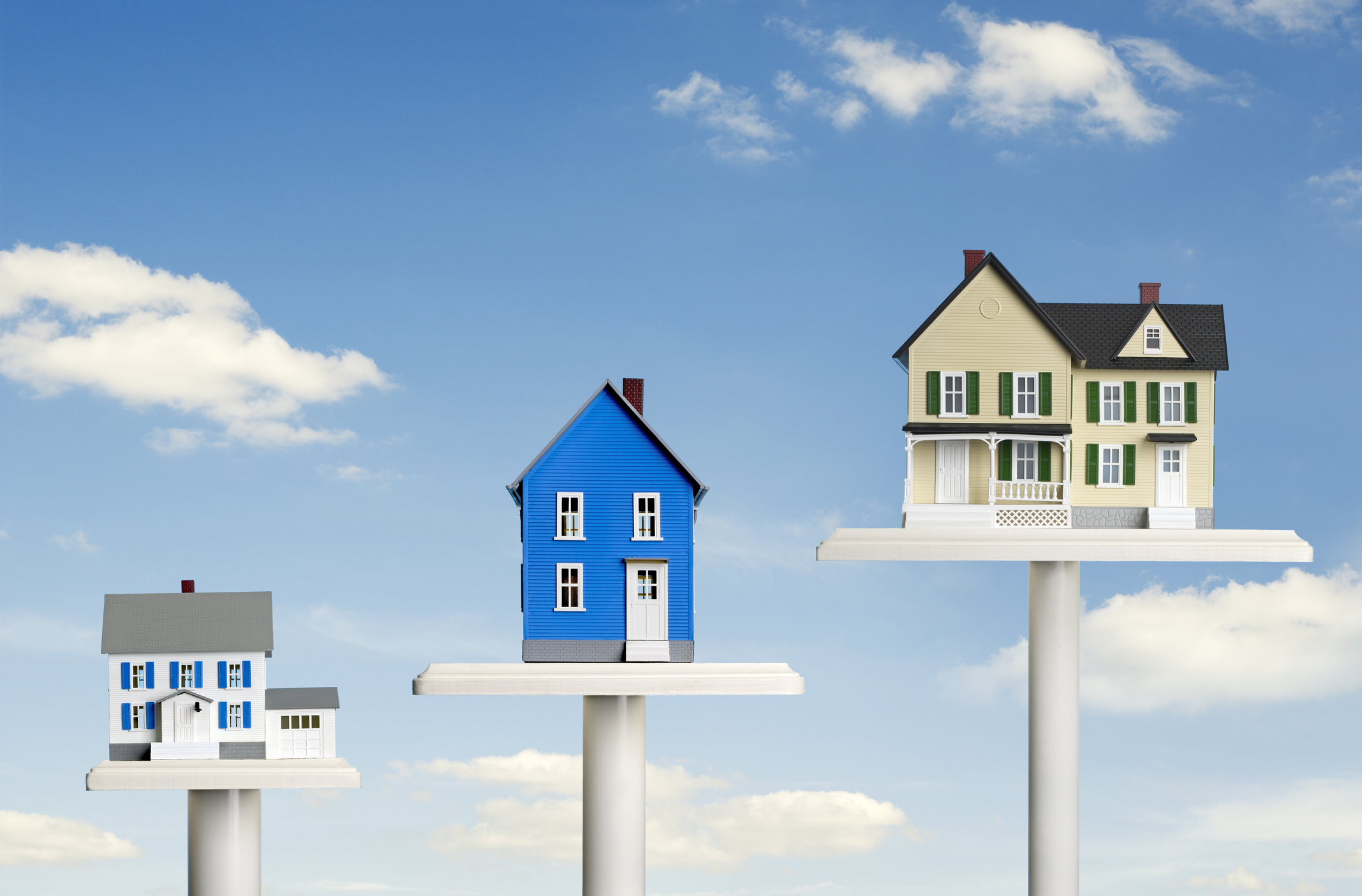Is It Time to Switch Your Business to a C Corporation?
S firm owners face some decisions in light of new tax rates.

For the first time in more than a decade, the highest personal tax rate tops the corporate rate. The maximum tax rate on individuals is now 39.6% for joint filers with taxable income over $450,000 and single filers above $400,000, while the top rate on corporations remains unchanged for 2013 at 35%. S firm owners are wondering if this means it is time for them to switch to a regular corporation. But after examining the options, the tax rate differential usually isn’t a large enough factor to warrant being taxed as a regular corporation.
The key disadvantage to being a regular corporation (what tax pros call a C corporation) is that C corporations still bear the burden of double taxation. Their profits are hit with corporate tax and shareholders pay tax on dividends distributed to them. That can push the effective tax rate above 50% on dividends paid to owners. The profits are taxed to the corporation at as much as 35%. If the firm’s shareholders are in the 39.6% individual tax bracket, they will pay a 23.8% tax on the dividends, including the new 3.8% Medicare surtax. If a shareholder is in a lower tax bracket and pays just a 15% tax on dividends, the effective rate is 44.75%. S firm shareholders owe income tax on the firm’s profits at a marginal rate of up to 39.6%, plus 3.8% for owners who aren't active in the business and are subject to the Medicare surtax. So if dividend payouts are planned, S corporation status remains less taxing.
C corporations also face a tax disadvantage when they are sold. In most cases, buyers want to do the acquisition as a purchase of the firm’s assets, rather than buying the corporation’s stock. That gives them a higher income tax basis in the acquired assets, allowing for greater depreciation and amortization deductions. Asset sales by regular corporations draw two layers of taxation. The gains are taxed at the corporate level at ordinary income rates, not the favorable low rates for individuals, and then at up to 23.8% when the after-tax proceeds are distributed to shareholders. That compares unfavorably to the usual single level of taxation on asset sales by S firms, except for the 35% built-in-gains tax, which hits corporations that convert to S status and sell assets at a profit within five years after switching.

Sign up for Kiplinger’s Free E-Newsletters
Profit and prosper with the best of expert advice on investing, taxes, retirement, personal finance and more - straight to your e-mail.
Profit and prosper with the best of expert advice - straight to your e-mail.
However, S firm owners should note that there’s talk of lowering the top corporate rate to 25% as part of tax reform, although 28% is probably more likely. On its face, that would seem to significantly favor C corporations. But tax reform won’t be done in a vacuum. Individual rates will be cut, too. Otherwise, proprietors, partners and S firm owners would face a huge tax increase, as business breaks they use would be trimmed to pay for lower rates on corporations. There is no chance lawmakers are going to allow that result to happen. Thus, most S corporation owners will benefit from retaining their S company election.
Get Kiplinger Today newsletter — free
Profit and prosper with the best of Kiplinger's advice on investing, taxes, retirement, personal finance and much more. Delivered daily. Enter your email in the box and click Sign Me Up.

-
 Stock Market Today: Stocks Gain on Tech, Auto Tariff Talk
Stock Market Today: Stocks Gain on Tech, Auto Tariff TalkThe Trump administration said late Friday that it will temporarily halt tariffs on some Chinese tech imports.
By Karee Venema
-
 Sam's Club Plans Aggressive Expansion: Discover Its New Locations
Sam's Club Plans Aggressive Expansion: Discover Its New LocationsSam's Club expansion plans will open up to 15 new stores each year. Learn where they plan to open in 2025.
By Sean Jackson
-
 Tax Time: Does Your Kid Influencer Owe Taxes?
Tax Time: Does Your Kid Influencer Owe Taxes?State Tax Some minors are making big money on social media. Here’s how to know if they need to file taxes.
By Gabriella Cruz-Martínez
-
 Free IRS Tax Filing for 30 Million People: Will It Continue Under Trump?
Free IRS Tax Filing for 30 Million People: Will It Continue Under Trump?Tax Filing Direct File was piloted last year in 12 states and has since expanded to 25. But some wonder whether the program will last under the Trump administration.
By Gabriella Cruz-Martínez
-
 How Caregivers for Adults Can Save on Taxes in 2025
How Caregivers for Adults Can Save on Taxes in 2025Tax Breaks Caring for your parent or spouse can be stressful, but the IRS offers tax breaks for qualifying taxpayers. Here they are.
By Kate Schubel
-
 U.S. Treasury to Eliminate Paper Checks: What It Means for Tax Refunds, Social Security
U.S. Treasury to Eliminate Paper Checks: What It Means for Tax Refunds, Social SecurityTreasury President Trump signed an executive order forcing the federal government to phase out paper check disbursements by the fall.
By Gabriella Cruz-Martínez
-
 IRS Layoffs Spark Delays, Doubt This Tax Season
IRS Layoffs Spark Delays, Doubt This Tax SeasonTax Season Tax experts say Trump’s downsizing of the IRS is already causing problems.
By Gabriella Cruz-Martínez
-
 States with the Highest Income Tax Rates for Retirees
States with the Highest Income Tax Rates for RetireesState Tax You may reconsider living and retiring in one of these states due to high taxes.
By Kate Schubel
-
 AI Tax Scams Target Middle and Older Adults: What to Know
AI Tax Scams Target Middle and Older Adults: What to KnowScams Whether you’re a retiree or Gen Z, scammers can gouge big financial losses with the help of artificial intelligence.
By Kate Schubel
-
 Tax-Deductible Home Improvements for Retirement in 2025
Tax-Deductible Home Improvements for Retirement in 2025Retirement Taxes Your aging-in-place plan could benefit from the medical expense tax deduction. But watch out for capital gains and property taxes.
By Kate Schubel